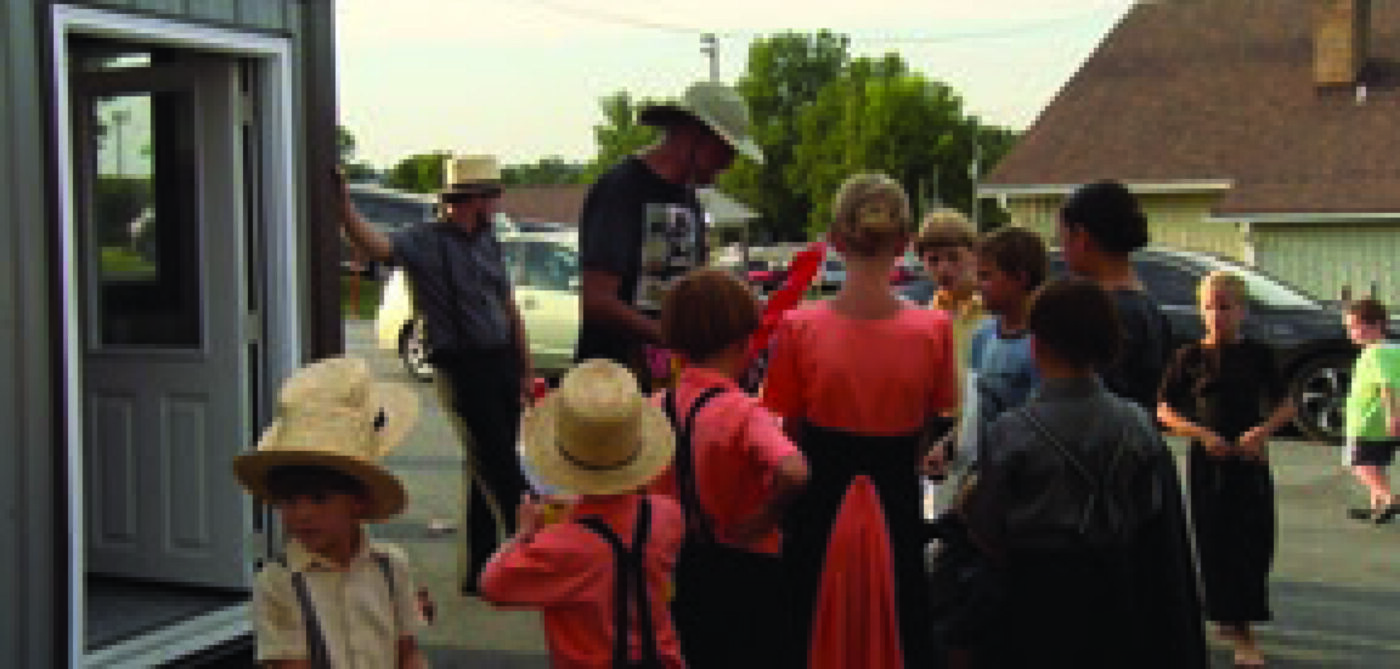
Purdue University: Kennel Space and Flooring
Dog welfare is more than just food, water, and good physical health. Several aspects of the environment can impact a dog’s welfare. Dogs have a very different sensory experience from humans.
Body posture: Relaxed “soft” muscles, weight evenly distributed, “loose” or “wiggly” body
Tail: Relaxed & neutral position, may be wagging Ears: Relaxed, neutral position, orientation
Mouth: Appears “soft”, may be open, tongue out, relaxed muzzle
Eyes: “Soft”, relaxed, eyebrows neutral, normal pupil size, steady relaxed gaze, orientation

Humans often rely on vocalizations and gross body movements to identify a dog’s emotional state (Kerswell et al., 2009) and are frequently accurate in their interpretations of barks (Pongrácz et al., 2005)
Understanding dog body language can help people be better advocates for their dogs, set them up for success in social interactions, and avoid placing them in situations in which they may not cope well and thus, may behave in ways that are undesirable or injurious to themselves and/or others.
Body posture: Muscles tensed, “hard and stiff”, weight unevenly distributed (forward, back, or to the side), “low and back” or “high and forward”, may be very still, piloerection or blowing coat, may roll over and expose belly or hold up one paw
Tail: Mid way or low, wagging or still, tucked, carried high, often wagging slowly & methodically, high up over the back with flagging Ears: Pulled back, rotated down, erect and forward, may have little movement or scanning, pulled high with tension (wrinkles) between them
Mouth: Closed mouth, tension in muzzle, nose wrinkled, tooth display (vertical or horizontal lip retraction)
Eyes: Wide open, pupils dilated, scanning/ darting, tension (wrinkles) in brow, avert gaze, slow blinking, whale eye, head low/ outstretched neck looking up over brow, “hard stare”, squinted/hooded, eyebrows tensed

From the dog’s perspective, understanding what is being communicated through body language can help them remain safe, preventing dogs from feeling the need to protect themselves by either fighting or fleeing from the interaction.
Body language: so mixed can not categorize as red or green
Body posture: so mixed can not categorize as red or green

Signals used by dogs when they are uncomfortable; intended to keep the calm and avoid/cutoff conflicts- three main categories:
1. Displacement behaviors– normal behavior displaced out of its normal context when an animal is conflicted between two simultaneous drives (e.g. desire to approach & unsure/avoidant) examples: scratching, sniffing the ground, mounting, eating/drinking
2. Appeasement gestures– behaviors meant to reduce potential threat examples: play bow, turn away/ turning head/avert gaze, smiling
3. Stress signs – physical responses used to decrease anxiety and increase information gathering and situation assessment examples: lip/nose licking, yawning, shaking off, darting eyes/head swivels
Important note: Because calming signals by definition indicate that a dog is not entirely comfortable with or sure about the social interaction that is occurring, observing one or more of these behaviors should be interpreted as “proceed with caution.” When calming signals are observed in a dog that is also showing red behaviors, the dog should be considered red. The social interaction should be stopped immediately for safety reasons and to protect the welfare of the dog.

Dog welfare is more than just food, water, and good physical health. Several aspects of the environment can impact a dog’s welfare. Dogs have a very different sensory experience from humans.

This is an annual 2-day event that is absolutely packed with all kinds of fun stuff. This year the event kicked off on Friday morning around 8:00, where over a 100 people met at Solanco Fairgrounds,

The simple truth is that most people are either “dog people” or “cat people.” Even if they own a few of each, they may feel like they prefer to spend time with one over the other.
If you aren’t sure if you are one over the other, here are some reasons why dogs are better than cats!